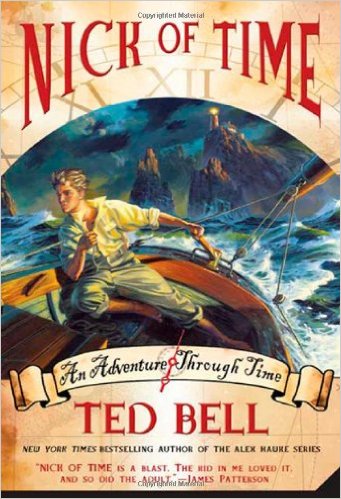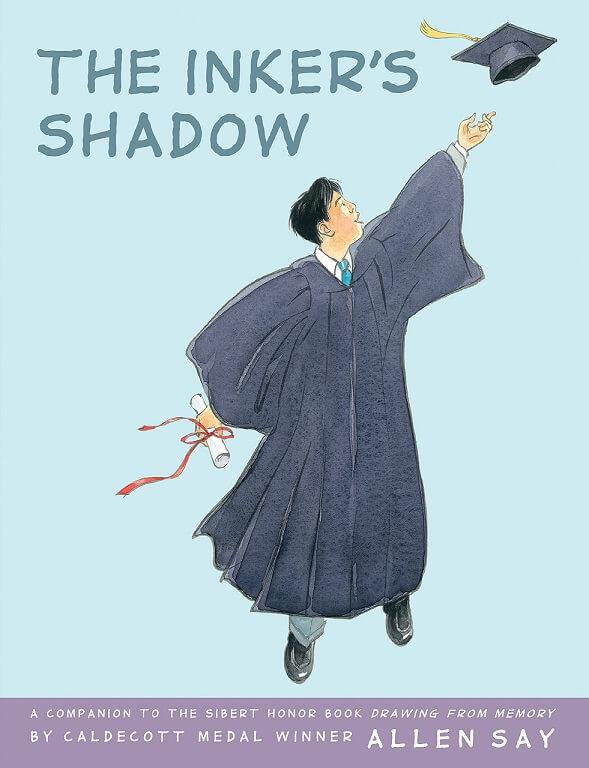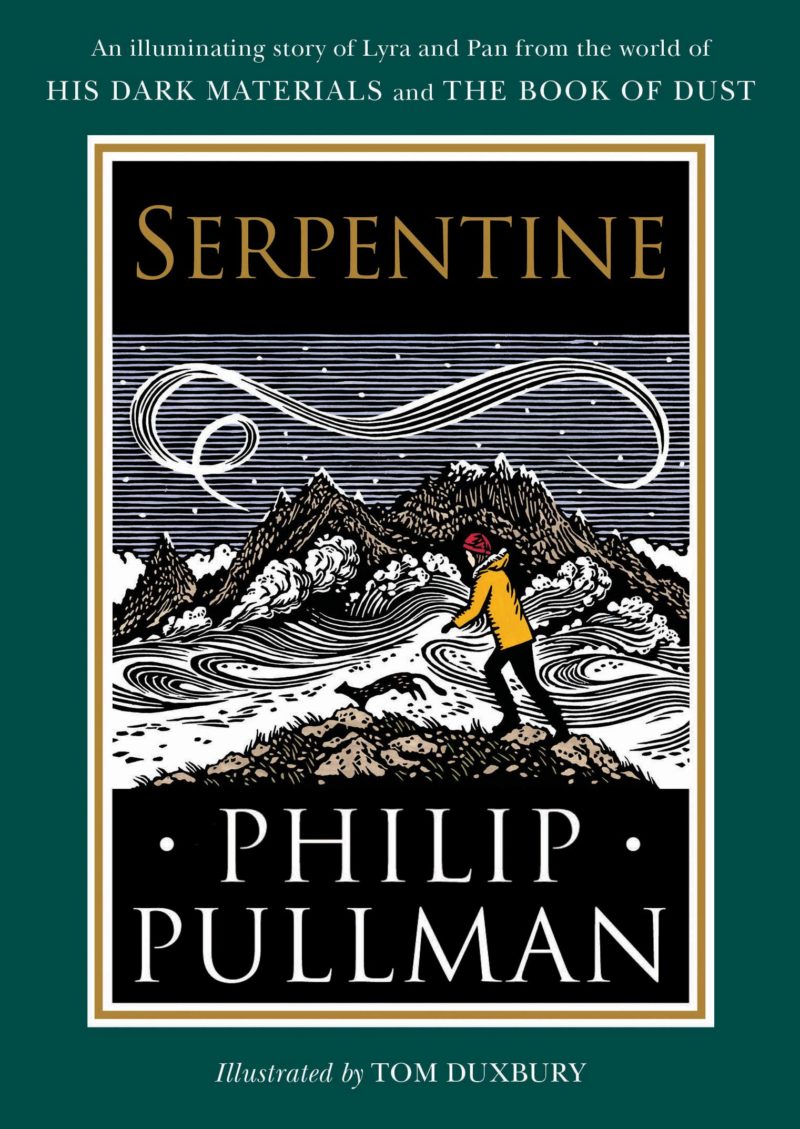[button color=”black” size=”big” link=”http://affiliates.abebooks.com/c/99844/77798/2029?u=http%3A%2F%2Fwww.abebooks.com%2Fservlet%2FSearchResults%3Fisbn%3D9781619491731″ target=”blank” ]Purchase here[/button]
The second book of the Sherlock Holmes canon was first published in 1890 under the five-word title The Sign of the Four. Since then, it has often been republished under the four-word title The Sign of Four. The confusion actually originates in the book itself, in which both phrases are used interchangeably. Although Holmes did not really become a hit until Conan Doyle followed up with a series of short stories (later collected in such books as The Adventures of Sherlock Holmes), this book is an important step in the development of a great cultural icon. This is the one in which Dr. Watson meets his beloved wife Mary. It marks the first time Holmes enunciates his famous dictum, “When you have eliminated the impossible, whatever remains, however improbable, must be the truth.” In this novel, the sleuth’s craving for a seven-percent solution of cocaine is first mentioned, as is the name of the Baker Street Irregulars, those dirty-faced junior detectives of his. Viewers of TV’s Elementary will be thrilled to find Holmes here saying, for the first time: “You can… never foretell what any one man will do, but you can say with precision what an average number will be up to.” And fans of the late Holmes film featuring a bare-knuckled boxing Holmes may be delighted to spot the first mention of his pugilistic talents, already in his second recorded case.
Holmes is indeed a wonderful creation, either as a literary figure to visualize as you read, or as a role for an actor to bring to life. Too many heroes of modern folklore are upstaged by the villains they strive against. Name, for example, a single actor playing Batman who has not paled alongside the flamboyant Joker. Name one incarnation of Superman who was more interesting than his Lex Luthor. (I do not mean more pretty to look at. I mean more fun to watch.) Dracula is always more magnetic than Van Helsing. But for all his edginess and troubling traits, Holmes is one of the rare heroes who holds more fascination than the monsters he hunts. Dark, complex, and ambiguous as his character may be, he is an essentially good guy who triumphs over evil through keen observation, deductive reasoning, and discipline of mind, and yet our attention is riveted to him, and eagerly comes back to him even after the intriguing facts of the case are laid bare. Alongside this charismatic hero, the banality of evil is powerfully seen and felt. Holmes himself quotes a French proverb that makes this very point: “Le mauvais goût mène au crime.” Bad taste leads to crime.
While that quote is fresh in mind, I should suggest that when you read this, you keep a computer handy for looking up quotations in Latin, French, and German that Holmes is wont to toss off by way of urbane conversation. Not only does he go in for references to great authors, but for recommendations of books one should read if one wants to become, like Watson, a sidekick worthy of a great Victorian detective. Be sure to start your bibliography of books recommended by Sherlock Holmes, if not in A Study in Scarlet, at least in this book. Conan Doyle allows Holmes to develop a believable life of the intellect, including references to actual philosophers such as Jean Paul and Winwood Reade.
In the first case Holmes and Watson worked together, the tale of detection was enlivened by a subplot involving a nightmare version of Brigham Young’s Mormon utopia. The historical melodrama playing out in the background of this mystery is the 1875 Sepoy Mutiny, in which British forces in India were attacked by their native allies. Mixed up with this tale are a prison break, a stolen treasure, the disappearance of a retired army officer, and an early masterpiece of the Locked Room Murder Mystery. Brilliant deductions based on easy-to-miss clues only bring Holmes so far in his hunt for the killers. Where deductive genius gives out, exhaustive footwork begins. Here we see Holmes and Watson trailing behind a hound, and street urchins combing the riverbanks for a missing steam launch, and a high-speed chase down the Thames, and even a shootout between two Englishmen armed with revolvers and an islander armed with a poisoned-dart blowpipe. You don’t see that every day.
Nearly five quarters of a century later, we now have the luxury of taking Sherlock Holmes for granted. It gets easier to do every year, what with two different Holmes-based TV series available on demand, and a list of films so extensive that you would need a big, round magnifying glass to study it. My advice: don’t. Don’t take Holmes for granted. Follow my example and discover him anew, starting at the beginning and appreciating, maybe for the first time in your life, how deeply your world has been impacted by the main character in four pulp novels and 56 short stories. There’s a reason Holmes made the big time, and has stayed there ever since. These stories are well-written, compelling, smart, high-quality pieces of entertainment. They not only titillate with images of fiendishness and horror; they also stimulate the intellect, the heart, and one’s sense of justice. They not only depict the curious state of the cutting-edge criminology of a century ago; they also bring out themes of modern life in surprisingly sharp relief. They are not only historical costume dramas, but human dramas that still ring true in urban life today. And though the adventures of Holmes have scarcely begun in this book, the man we all know—even though he never existed—already, fully, convincingly lives.




